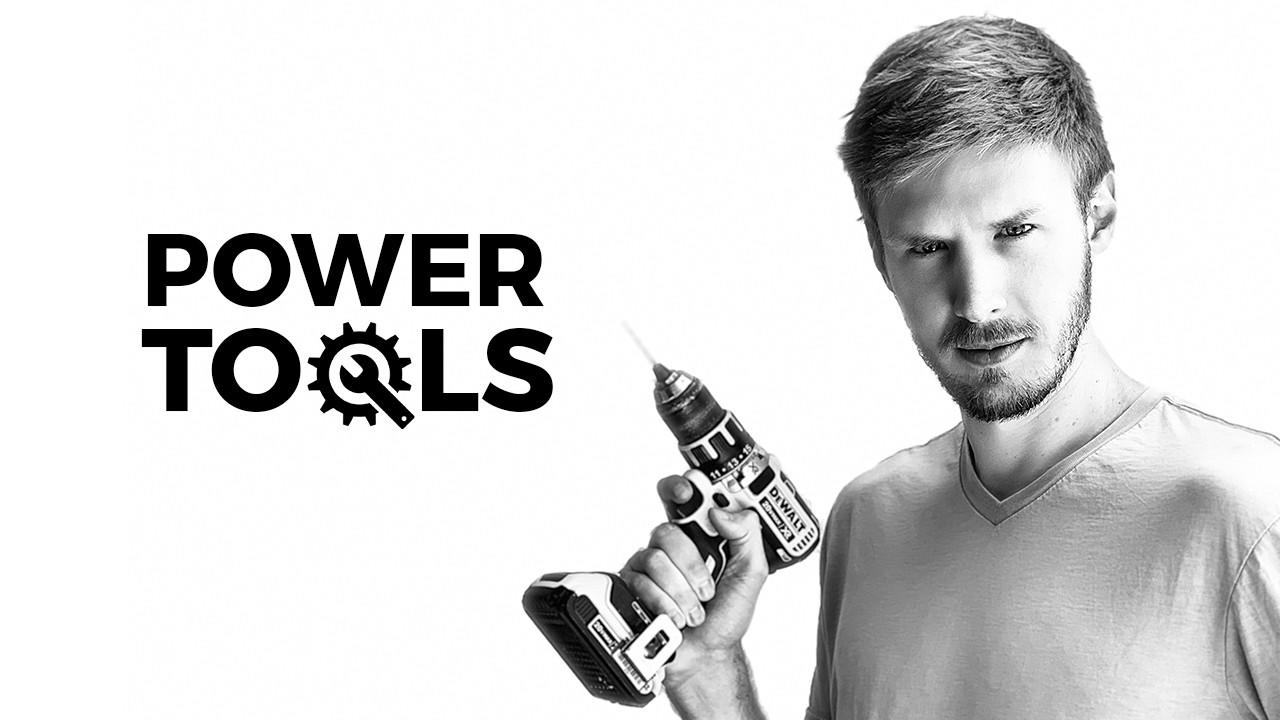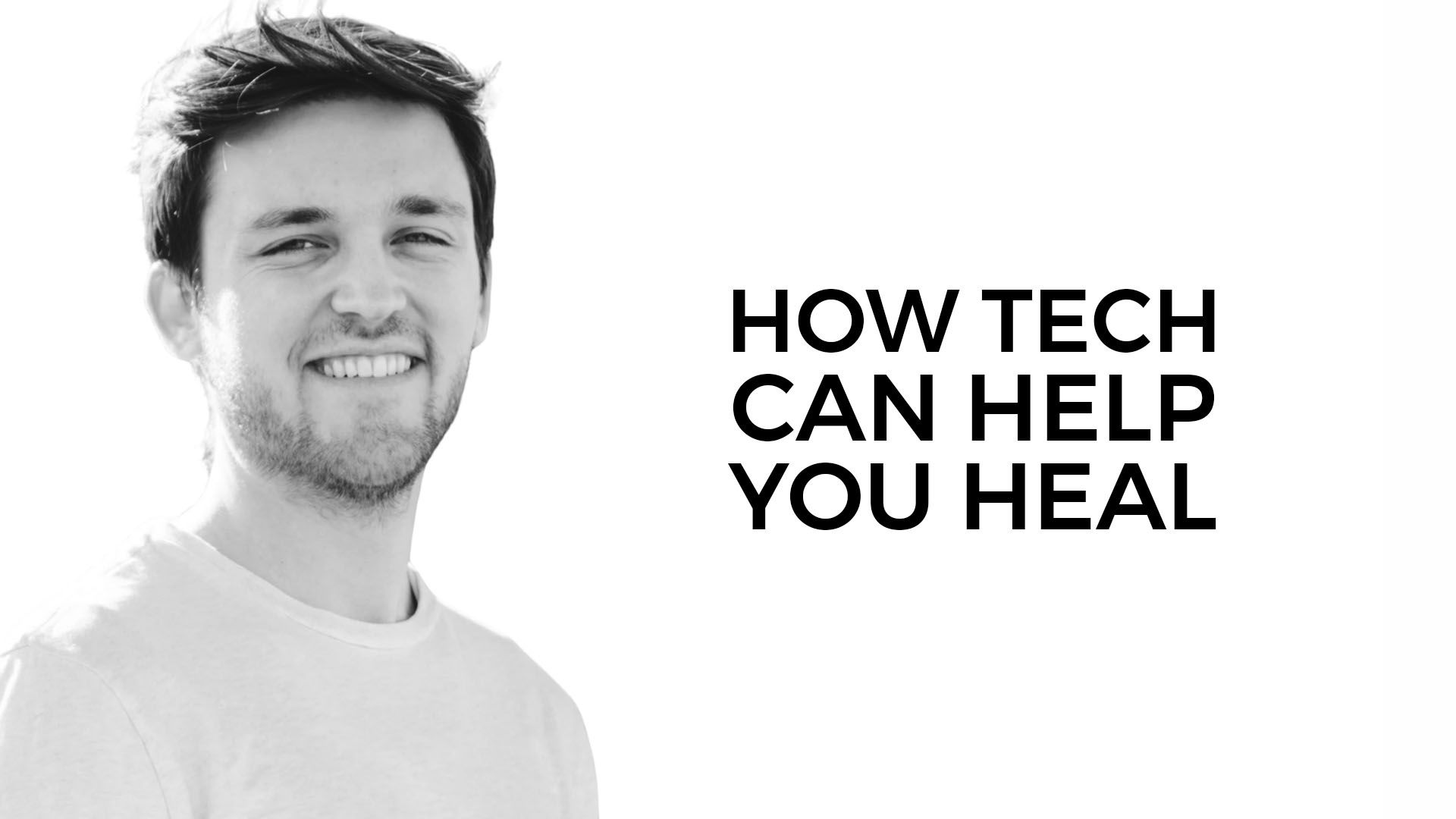Three Proven Power Tools To Prevent Porn Relapse
Sep 07, 2020
Free PDF: Relapse Prevention Toolbox
Three Proven Power Tools To Prevent Porn Relapse
By Drew Boa
Today we’re talking about preventing relapse. Basically, how to stop using porn, which is pretty important, right? Some of you might be wondering, “Drew, why haven't you done an episode just about this before? The reason why is because relapse prevention, also known as behavior modification, is not a reliable indicator for long-term freedom, for true healing, for deep transformation, because it's a surface-level indicator. It can be a sign of growth — or not. Sometimes you can go for a while without porn because life got really easy or you ended up in a different environment. Sometimes you can have so much beautiful growth and you don't see the results in your behavior.
I believe true life change is not focused on avoiding the bad stuff, like preventing relapse and staying away from porn. It's actually focused on pursuing what we were created for, on becoming the men of God we were made to be. In some ways, relapse prevention is actually a long-term byproduct of that. It's kind of like happiness. If all you're focused on in life is becoming happy and trying not to be unhappy, you will be miserable. In the same way, on your journey to freedom from porn, if all you're focused on is preventing relapse you will be miserable and you'll be constantly in a state of relapse. So on the one hand, it's a long-term byproduct. On the other hand, it's also a short-term skill, which you can develop and improve, especially when you have the right tools.
So today, you will learn my top three proven power tools for preventing relapse. These tools have been the foundation of preventing relapse in my life for the last five and a half years, and in the transformation I've been able to see with my private clients. Each of these three tools starts with the letter F.
FASTER isn’t always better
Power tool number one is the FASTER scale. The FASTER scale was created by an addiction counselor named Michael Dye many years ago, which you can read more about in his workbook, The Genesis Process, but it became more popular through Pure Desire Ministries. I think of the Pure Desire guys as the masters of FASTER. They use it all the time in their groups, using their Seven Pillars workbook. The FASTER scale is a relapse prevention tool. More accurately, it’s a relapse prediction tool because you can predict a possible relapse up to a week in advance by using the FASTER scale.
The main insight I get from the FASTER scale is that relapse is never random. It follows a very predictable, step-by-step pattern and the faster scale breaks down that pattern into five steps: F-A-S-T-E and R. The most amazing thing about this is that if I can locate myself on that scale and realize that my relapse process has begun way before acting out, then I can make a change early and avoid a relapse that would have happened three days later. Pretty cool, Huh?
Here's a brief overview of the FASTER scale. According to Michael dye, there are two tracks when we are in recovery: one towards restoration and the other in F-A-S-T-E-R, leading towards relapse. In restoration, we are being open and honest, processing our emotions, growing closer to God and others, and keeping our commitments. When we drive away from that, we enter the FASTER scale.
The first letter on the FASTER scale is F, which stands for forgetting priorities. In other words, departing from my true purpose. For example, if I see an angry email from a family member that I do not want to respond to, instead of being honest and open and choosing restoration, I procrastinate, I distract myself by scrolling social media, and I neglect my family.
Forgetting my top priorities then leads to anxiety. There's this little alarm that goes off in my brain, which Michael Dye calls a background noise of undefined fear, that tells me I'm forgetting my priorities. I know I'm not doing what I need to be doing right now, but I don't want to think about that.
This background noise of anxiety gives me a little bit of an edge, and that leads to S, speeding up: trying to outrun the anxiety and keep myself as busy as possible so I don't have to think about the pain, the fear, the darkness growing within me. Speeding up looks like feeling driven, always in a hurry, irritable, skipping my basic needs for sleep and food and slowing down.
Speeding up then leads to T, ticked off. Now, I'm frustrated because I’ve been speeding up, trying so hard, working long hours, and I still don't feel better. That’s because, in reality, I'm still procrastinating on what's most important, and this is beginning to cause problems and consequences in my life. So I end up getting angry with people easily, pushing others away, arguing, feeling like nobody understands.
Ultimately, I get stuck.
Ticked off then leads to E, exhausted. When I'm exhausted I have no energy. I feel overwhelmed, helpless, tired, numb, wanting to escape, an increase in the cravings for my old coping behaviors, and a complete loss of motivation.
When I'm exhausted, this leads to the R on the FASTER scale, relapse. This means returning to the place I swore I would never go again, feeling like I just can't manage without porn, at least for now. The result is a reinforcement of those feelings of shame and abandonment which have been driving me. That's why relapse can suck you into a cycle that is hard to escape.
It's important to know that we cannot go backward on the FASTER scale. We can either move down, from F to A to S to T to E and closer to relapse, or we can get off the scale entirely by choosing restoration. We return to restoration by finally being open and honest, processing our emotions, pursuing God and others, and keeping our commitments. There are two choices: restoration or getting on the FASTER scale, the road to relapse.
Name your emotions on the Feeling Wheel
Power tool number two is the Feeling Wheel. Originally developed by Dr. Gloria Willcox, the Feeling Wheel allows you to name your emotions. It's basically a big circle with a bunch of words in the middle that you can point at and figure out how you're feeling. This is so important because emotional awareness and intelligence and processing is in some ways the most important part of healing from porn.
If you can learn how to process your emotions in a healthy way, porn will have no power over you. Why? Because it's ultimately a mood-altering experience. Your unwanted sexual behavior is giving you a chance to not feel something you don't want to feel and to feel something else that will make you feel better. So if you were able to manage and master your emotions, porn would have no place in your life. The Feeling Wheel is a great first step towards naming what's going on within me. Name it to tame it.
That is the power of the Feeling Wheel.
My favorite way to use this tool is using a little trick that I got from Troy Haas, who is the director of Hope Quest Ministry Group in Georgia. They provide residential treatment, and he told me he uses this simple formula with all of his residential treatment patients. I feel about because . Fill in those blanks. Start with the Feeling Wheel and identify how you're feeling. Then ask what that feeling is about. What's going on in your life right now that is contributing to this feeling? Then ask why? Now we're getting into your story. This is a great entry point into learning how to process your emotions in a healthy way, which is the power of the Feeling Wheel.
You can FLOSS more than your teeth
Power tool number three is the FLOSS method. It is by far the most powerful technique I've ever used in my own life, and with my clients. It brings the biggest breakthroughs. It's basically a shortcut to go from the surface level of whatever you're feeling into the story behind it. So when you're using the FASTER scale and you're using the Feeling Wheel and you discover anger or anxiety, you might ask “where is that coming from in my story?” The FLOSS method is how you find out.
The floss method combines everything I've learned about brain science, psychology, and spiritual formation, by putting it all together into a very simple shortcut to access the story, the memory, the difficult childhood experiences that are driving you to relapse. When you can do that and replace self- contempt with self-compassion, the healing is incredible.
So how does it work? The F in the FLOSS method stands for fight, flight, or freeze. These are the three fear responses we have in our brains. When you get triggered to use porn and relapse, one of those three responses is coming up for you. It all starts with naming it. Am I feeling the need to fight: powering up and feeling angry? Am I feeling the need for flight: running away, feeling anxious, or unsafe? Or am I feeling the need to freeze: shutting down and zoning out to completely escape this world and go to another world in my own head?
Once you name that fear trigger driving you towards relapse, the next step is L, which stands for lie. I believe underneath every sin, there's a fear. And underneath every fear, there's a lie. So in L you ask, “okay, what is the lie below this fear?” Because if I'm not actually in danger and I don't actually need to try to control the situation, there's some kind of lie at the root of this.
Once you can identify the fear on the surface and the lie that might be lurking below it, then you move on to O-S, which stands for origin story. Basically, you ask yourself this magic question: When have I felt this way before? If you're in my private Facebook group, you will know that I ask this question all the time and it brings up so many stories from the past. When you ask this question, here's an example of what you might find.
If you're having a fight response, you might remember a story of when you felt betrayed or violated. If you're feeling a flight response, you might remember a story where you felt unsafe. If you're feeling a freeze response, you might remember a story where you felt powerless and there was nothing you could do. Remembering this origin story will allow you to realize that being triggered is causing you to feel just like that little boy again, who was feeling powerless, unsafe, violated.
That leads us to the last S, which is sadness. Enter your origin story with compassion and sadness for what you lost, for the lies that this story taught you, for the boy within you who's broken. He needs a hug. He needs the love of God to come to him. And that's what sadness allows you to do. It replaces the fear — fight, flight, or freeze — with God's love. If you do this, you will see results. Preventing relapse will get easier.
Good news, my friend, it works if you do it. I didn't say it works if you listen to this podcast and get a bunch of information. No, it works if you actually implement this information. And after you're done with this episode, go try it out for yourself. Better yet, find a friend. Don't do it alone.
When you actually use these tools, especially with another brother in Christ at your side, you will experience change and experience the power of preventing relapse. It will get easier. Preventing relapse is a skill that you can develop. With practice going through the FASTER scale, the Feeling Wheel, and the FLOSS method, you will experience deep transformation. You will have the best tools in your toolbox that I have ever known. Notice how I didn't say this information is going to change your life. Information is cheap. Implementation is what gets results. So I dare you: go out there and do it. Use one of these tools and find a friend to use these tools with you. In order to help you do that, I created a free one-page worksheet called the Relapse Prevention Toolbox. You can download it below.
Always remember my friend, you are God's beloved son and in you, he is well pleased.
Free PDF: Relapse Prevention Toolbox
490425






